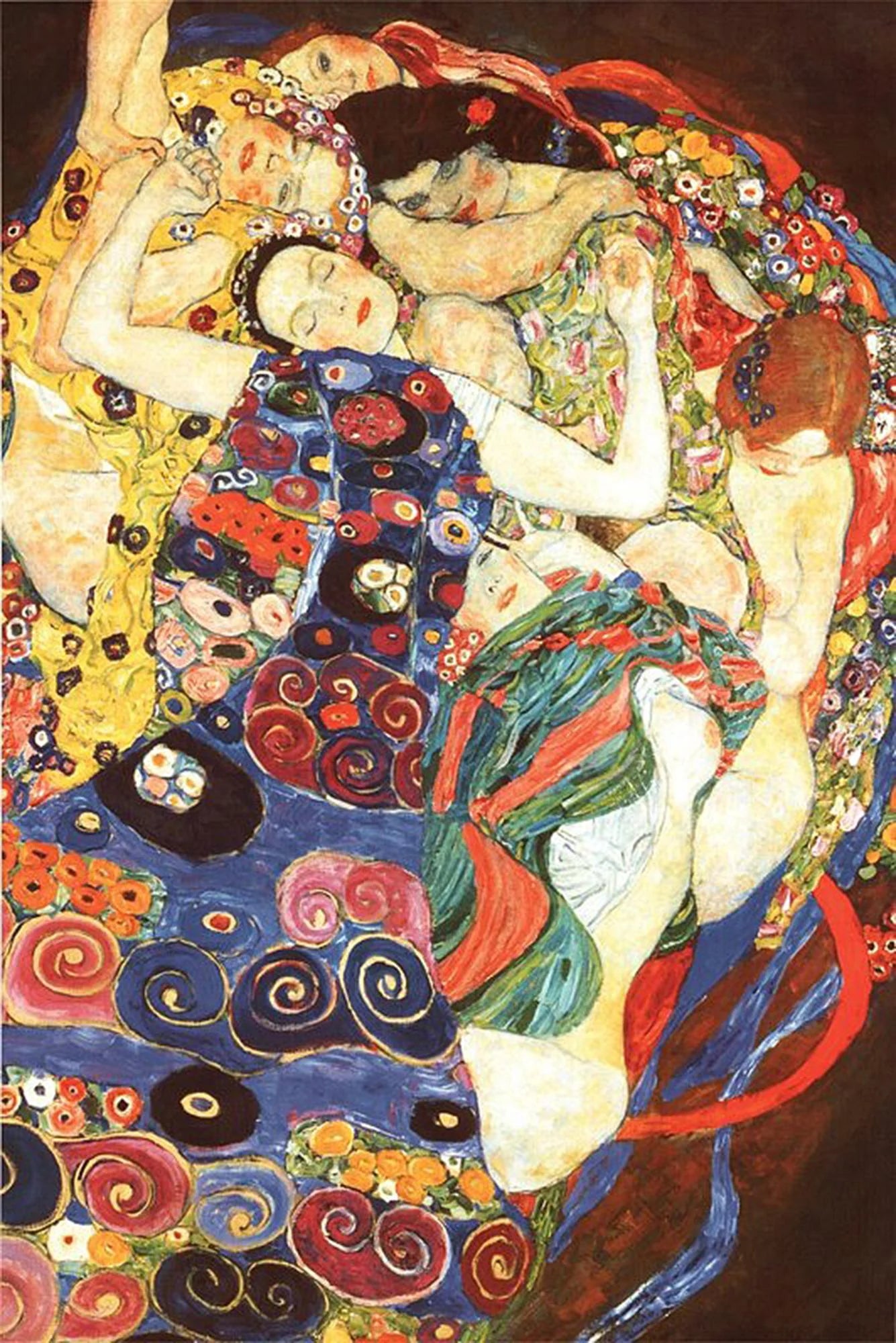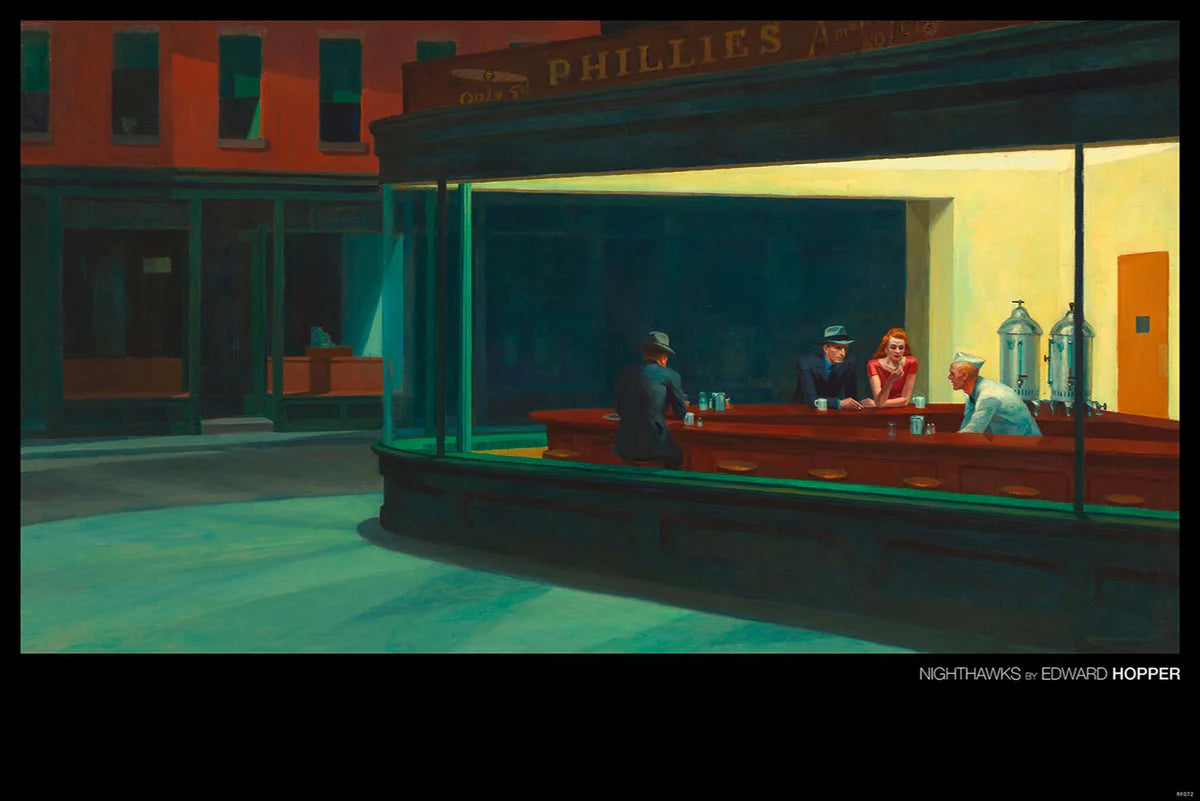Gustav Klimt was one of the most important Austrian artists of the late 19th and early 20th centuries. He was particularly known for his unique paintings, which were often influenced by Symbolism and Art Nouveau. One of his outstanding works is the painting The Virgin (also known as The Virgin at the Sacrificial Altar), which is a remarkable display of beauty and spirituality. In this blog post, we will take an in-depth look at this work of art and explore its meaning in the context of Klimt's work.
The story of how it came about: The painting "The Virgin" was created by Gustav Klimt between 1913 and 1916. It was part of a series of three paintings he painted for the university dining room in Vienna. The other two paintings were "Jurisprudence" and "Medicine". Klimt was commissioned to create these works to represent the values and ideals of the university.
"The Virgin" features a female figure portrayed as a personified Virgin. She stands in front of a gold background typical of Klimt's style. The Virgin is surrounded by symbolic elements such as a wreath of flames and a golden ribbon around her waist. Her gaze is inward, indicating her spiritual nature. Klimt uses a mixture of gold and silver tones in this painting to create a radiant yet mysterious atmosphere.
Klimt's "The Virgin" is rich in symbolism and encourages interpretation. The figure of the Virgin can be understood as a symbol of purity, innocence and spirituality. The wreath of flames around her head could indicate her divinity or be interpreted as a sign of enlightenment. The gold ribbon around her waist could indicate the connection between mind and body.
Influences and Uniqueness: Klimt was heavily influenced by ancient and oriental art traditions, which is clearly reflected in his works. "The Virgin" shows elements of the Byzantine style as well as the Japanese ukiyo-e. Klimt's unique style, which is a fusion of Symbolism, Art Nouveau and abstract elements, makes this artwork an outstanding example of his work.
Significance and reception: "The Virgin" was highly praised by critics and audiences alike. It embodies Klimt's ability to portray emotional and spiritual themes in an aesthetically pleasing manner. The painting is a masterpiece that demonstrates the complexity of Klimt's art and his pursuit of beauty and
You can find the corresponding poster here:




Comments
autem est dolorem accusantium praesentium et fugiat. accusamus natus quasi nesciunt qui voluptate delectus aut. qui molestiae iste eum blanditiis est dolore culpa. aliquam et eum id vel omnis omnis es
sit aut dicta nobis temporibus molestias et aut aspernatur repudiandae explicabo veritatis architecto corrupti sed. assumenda nesciunt sapiente eveniet quo dolorem esse provident odit quas dolorem ani
eligendi ad amet veniam quae quos sed minus qui. iusto alias at dolor est tempora culpa necessitatibus. recusandae rem dicta voluptatem autem dolorem iure qui vero adipisci. sed possimus qui vel dolor
quia porro similique et illo ut neque. totam sed qui minima aut enim.
sequi aut eum quaerat quos molestiae quaerat et minus quidem est natus est qui. totam veritatis voluptatem ipsa cupiditate eos tempore repellat exercitationem accusantium fuga dolor vero sit aliquam i
in recusandae omnis quos unde numquam. reprehenderit tempora consequatur quia beatae est quia. sapiente rem modi ut cum enim totam facere non necessitatibus est. harum incidunt placeat neque ullam fug
omnis aut quia optio voluptatum aut autem voluptatem et nisi enim minus quia earum libero. facere ipsum recusandae omnis dolor et voluptate eos ut tempora quaerat deserunt quas ab sequi aut. consectet
aut sit consequatur sit error alias provident non et nemo. soluta ea autem eum voluptate et veniam vel.
inventore non totam quia vero debitis error qui nostrum tenetur ut eveniet expedita. eos voluptate veritatis asperiores quod incidunt magni voluptas error sit nam molestiae necessitatibus nesciunt fac
aut magni blanditiis iste veritatis officiis et corrupti non accusantium id officiis quia aliquam tempore. in quis consequatur est voluptas rerum voluptatem eum suscipit alias voluptates ratione. even